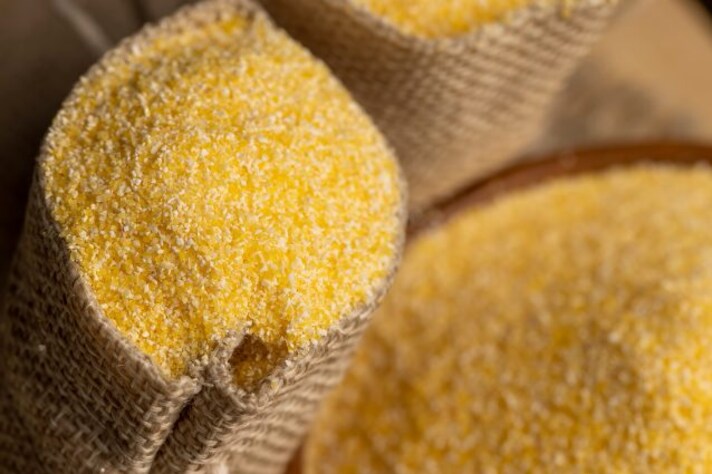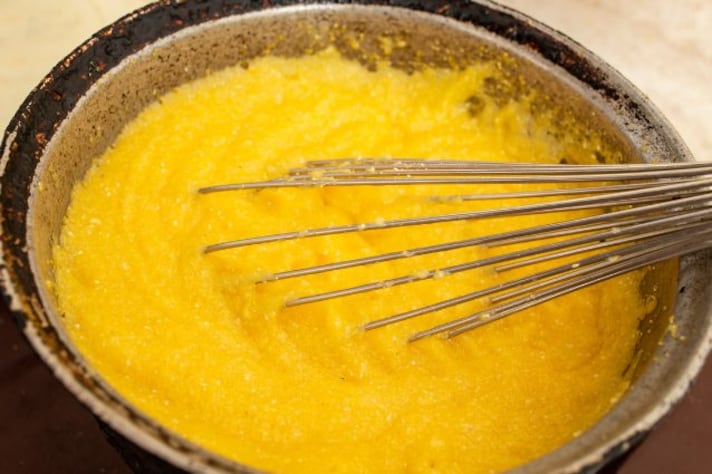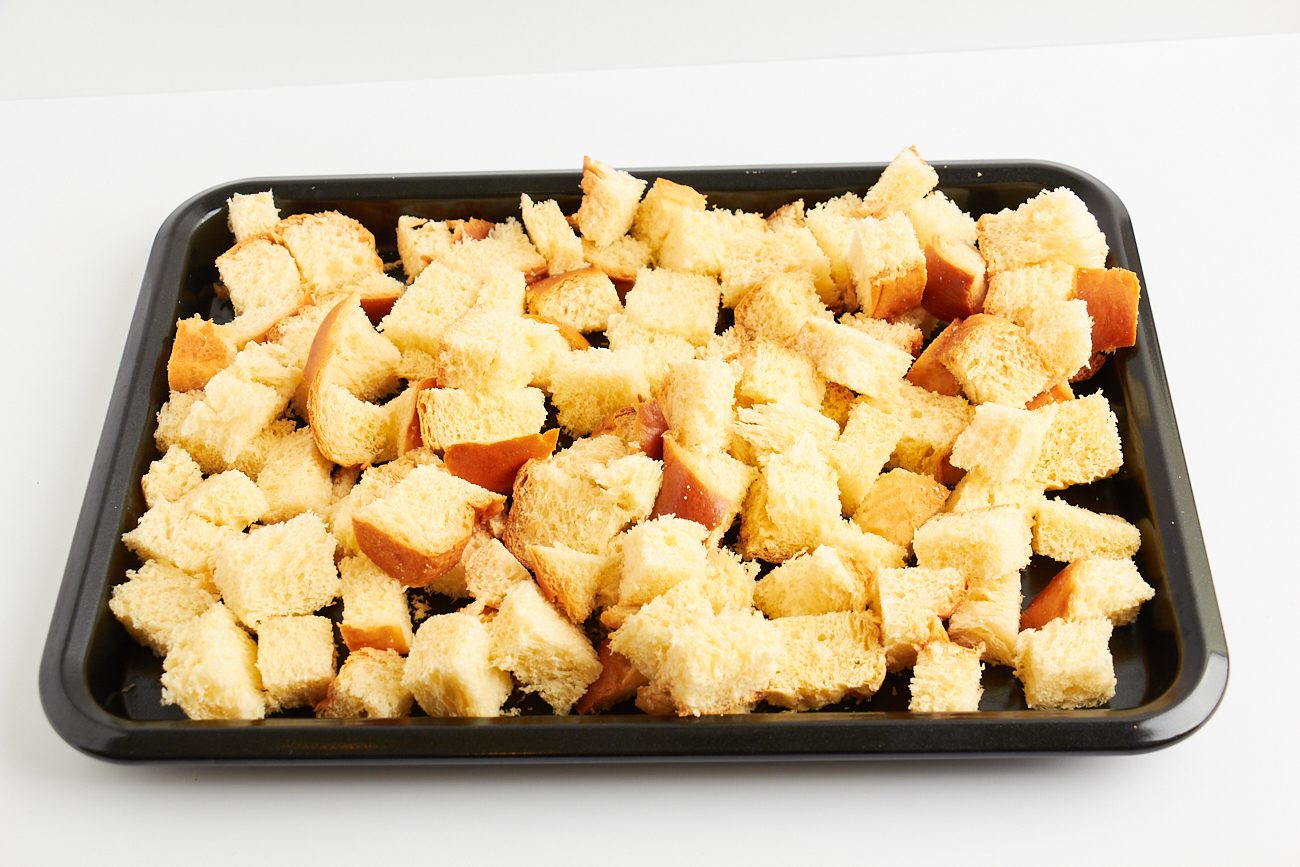Why You Should Never Use Milk (Or Cream) When Making Polenta
Milk and cream shouldn't be used in polenta because they can scald, curdle, or make the dish overly heavy, masking the natural flavor of the cornmeal. The best liquid for making polenta is water or broth!

Polenta, that comforting, golden bed of cornmeal goodness, is a staple of Italian cuisine that has found its way into kitchens around the world. It’s versatile, rich, and the perfect accompaniment to so many dishes, from slow-cooked stews to grilled vegetables. But there’s one rule of polenta-making that should never be broken: don’t use milk. If you’ve ever been tempted to make your polenta creamier by swapping water for milk or cream, stop right there.
Why Milk and Polenta Don’t Mix
At first glance, it seems logical to think that adding milk to polenta would make it creamier and richer. But in reality, milk does more harm than good to this classic dish. The high heat required to cook polenta tends to scald the milk, causing it to break down and separate. What you’re left with isn’t the lush, velvety texture you imagined, but rather a grainy, curdled mess. Not exactly the smooth, pillowy polenta you had in mind.
Another issue with milk is that it can easily overwhelm the natural flavor of the cornmeal. Polenta, when made correctly, has a delicate sweetness and subtle nuttiness that’s best allowed to shine on its own. Milk’s heavier flavor profile can mask these qualities, turning a beautifully balanced dish into something overly rich and cloying. Essentially, you’re muddying the natural simplicity of polenta, which is why milk is best left out of the equation.

Cream Isn’t the Answer Either
If milk doesn’t work, you might be thinking, “Surely, cream is the solution!” After all, cream equals luxury in the culinary world, right? Well, not when it comes to polenta. Cream has a similar problem to milk—it’s too rich and dense for this dish. It makes the polenta overly heavy, robbing it of the light, airy texture that’s one of its defining features.
Cream also has a tendency to thicken too quickly, which can lead to clumping. Instead of achieving a smooth consistency, you’ll likely end up with a stodgy, overly fatty mixture that doesn’t have the elegance polenta should bring to the table. Not to mention, cream’s richness can coat your palate, making it harder to appreciate the more nuanced flavors of whatever you’re serving alongside the polenta.

The Best Liquid for Making Polenta
So, if milk and cream are out, what’s the best liquid to use for making polenta? The answer is as simple as it gets: water. Yes, good old-fashioned water is the unsung hero when it comes to making perfect polenta. Using water allows the cornmeal to shine in all its glory. It highlights the grain’s natural flavors and keeps the dish light and versatile, which is exactly what you want from polenta.
For a little extra flavor, you can also use broth—vegetable or chicken broth works wonderfully—especially if you want to add more depth without overpowering the cornmeal’s essence. Broth brings a subtle savory note that complements the cornmeal’s sweetness, creating a balanced and harmonious dish. The key here is balance, and water or broth delivers that in a way milk and cream simply can’t.
;Resize,width=767;)
;Resize,width=712;)
;Resize,width=712;)

